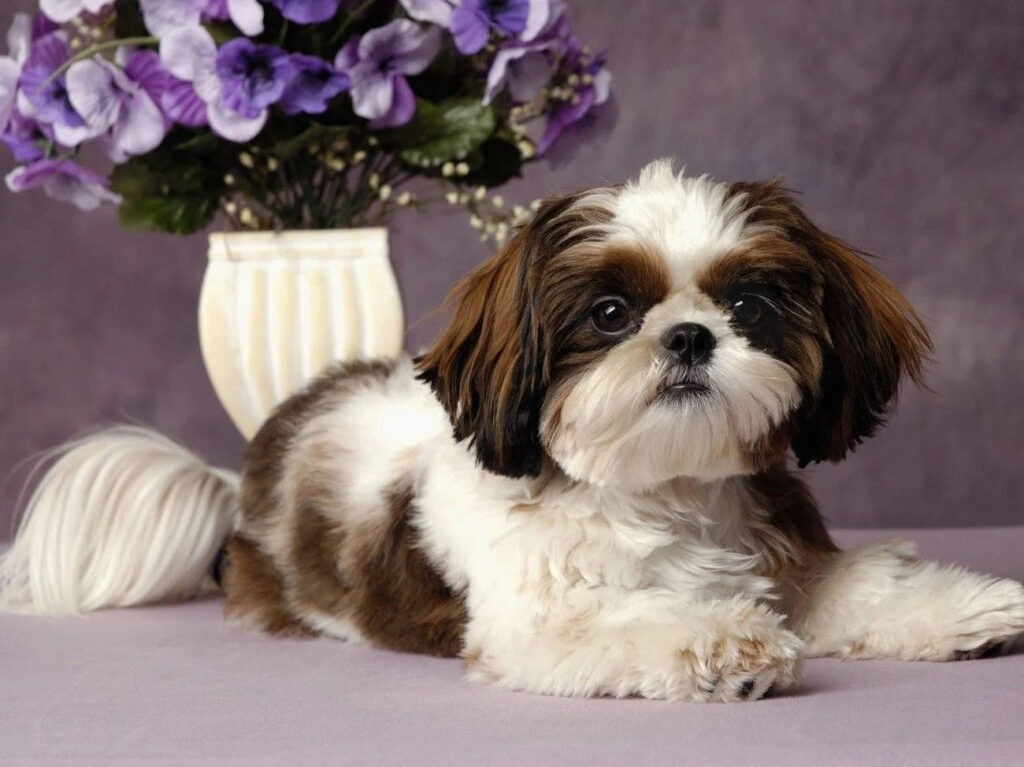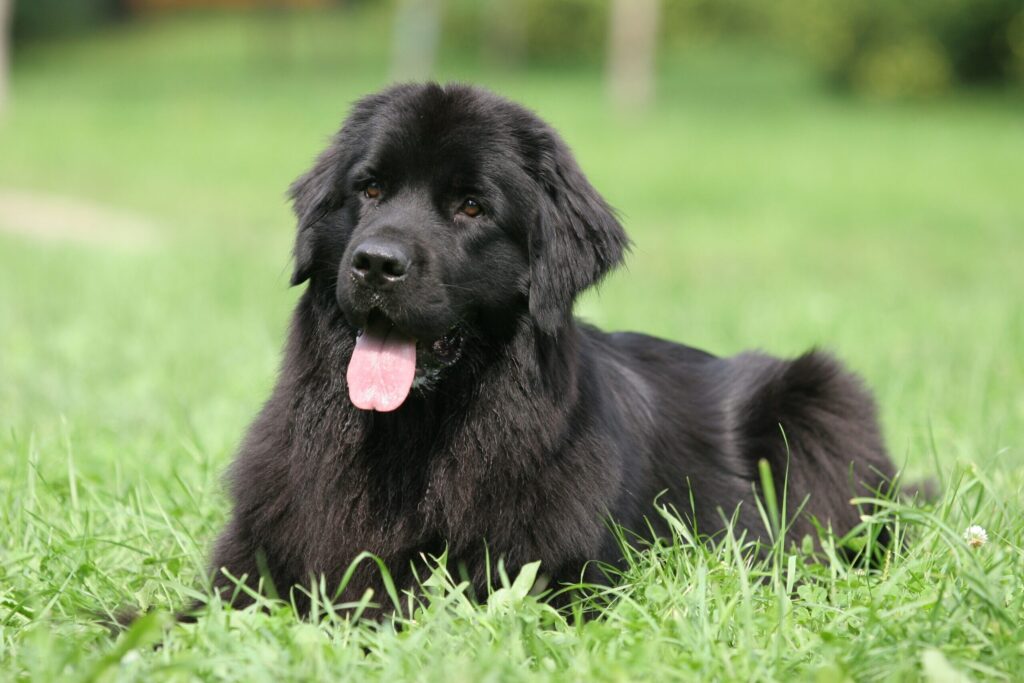
Table of contents
Finding a dog that can peacefully share space with a resident cat can feel like a tall order. But the truth is, many breeds have the right temperament, energy level, and social skills to cohabit harmoniously with feline friends. Below, we’ll walk through some of the best dog breeds for cats, along with practical tips to make introductions smoother.
Why Breed Selection Matters
Cats often value routine, personal space, and a sense of safety. Introducing a boisterous or high-prey-drive dog can stress out even the most chill kitty.
- Low Prey Drive: Dogs with strong hunting instincts may see a cat as something to chase.
- Gentle Temperament: Breeds known for being calm and affectionate often adjust better to feline roommates.
- Moderate Energy Level: A dog that’s too hyperactive could annoy or scare a cat; on the flip side, one that’s overly sedentary might not engage appropriately.
- Trainability & Socialization: Even cat-friendly breeds need early, positive introductions; a well-trained dog is less likely to lash out or crowd a stressed-out cat.
With that in mind, let’s explore some breeds that generally shine in multi-pet homes.
1. Golden Retriever

Size: Large (55–75 pounds)
Energy Level: Moderate
Why They’re Great:
Golden Retrievers are famous for their gentle, easygoing nature. They’re people-pleasers and tend to be patient around smaller animals. Their moderate energy means they’ll enjoy a brisk walk or game of fetch in the yard, but they’re also content to lie calmly by your side while the cat prowls around. Early socialization is still important—introduce them to cats as pups so the “gentle giant” instinct kicks in from the start. Most Goldens are smart and responsive to positive reinforcement training, which makes managing any tension with a resident cat that much easier.
2. Cavalier King Charles Spaniel

Size: Small (13–18 pounds)
Energy Level: Low to moderate
Why They’re Great:
Cavaliers are bred as companion dogs, and their sweet, affectionate personalities extend to all members of the family—cats included. Their low prey drive translates into minimal chasing or pouncing instincts. Because they’re small and gentle by nature, cats often don’t feel threatened by them. Just keep an eye on how either animal reacts during those first few face-to-face sniffs. If your cat and Cavalier meet in a calm setting—maybe separated by a baby gate at first—chances are good they’ll become pals.
3. Basset Hound

Size: Medium (40–65 pounds)
Energy Level: Low
Why They’re Great:
Bassets have laid-back personalities and notoriously low energy levels—perfect if your cat isn’t inclined to play high-octane games. Their floppy ears and droopy faces give them an almost comical aura of “What’s going on?” that cats find nonthreatening. Bassets do have a sense of smell-and-chase but are generally too chill to make a cat feel cornered. Their stubborn streak can be a challenge in training, so consistent, patient socialization is key. Once they learn “Leave it” or “Easy,” they usually let the cat do its own thing.
4. Shih Tzu

Size: Small (9–16 pounds)
Energy Level: Low to moderate
Why They’re Great:
Originally bred as lap dogs, Shih Tzus thrive on companionship with humans and other animals. They aren’t high-chase or high-energy, so a strolling Shih Tzu and a curious cat can happily cohabitate without drama. Because they’re small, they’re less intimidating to cats. If your cat’s nimble enough to leap onto a bookshelf or windowsill, a Shih Tzu probably won’t even notice—so long as you enforce gentle play and discourage any nipping. Regular grooming keeps their coat from tangling, and their overall calm demeanor plays well with feline independence.
5. Newfoundland

Size: Giant (100–150 pounds)
Energy Level: Moderate
Why They’re Great:
While Newfs might sound overkill for cat compatibility, their “gentle giant” reputation is no joke. They were bred to be working dogs and lifesavers, not hunters. Newfoundlands often develop a laid-back, protective relationship with cats—almost like big-brother vibes. Their sheer size means any playful tumble could accidentally knock over a small pet, so close supervision is crucial early on. But once they learn to be mindful of the cat’s space (and your “Touch gently” cues), they can be remarkably respectful roommates.
6. Beagle

Size: Small to medium (20–30 pounds)
Energy Level: Moderate
Why They’re Great:
Beagles are social butterflies by nature, and if raised around cats (or introduced early), their friendly instincts often override hunting urges. That said, many beagles do have a moderate prey drive—so early training, a solid “Leave it” command, and closely supervised meet-and-greets are essential. Once they understand that the cat is a “friend” and not a chew toy, a beagle’s outgoing personality can blend well in a multi-pet household. They do shed seasonally, though, so be prepared for regular brushing.
7. Collie

Size: Medium to large (50–75 pounds)
Energy Level: Moderate
Why They’re Great:
Think Lassie vibes. Collies are incredibly intelligent, sensitive, and attuned to household dynamics. They pick up on household routines and often instinctively know how to behave around smaller animals. Because they were originally herding dogs, it’s important to discourage any “herding” behavior (like gently nipping at the cat’s heels). Early, positive socialization can redirect that instinct toward playtime with you or other dogs instead of chasing the cat. Their moderate energy means they’ll be up for a brisk walk but can also settle down with a good chew toy on the living room rug.
Tips for a Smooth Introduction
1. Gradual, Controlled Meetups
Don’t just open the crate and let the dog charge the cat. Use a baby gate or crate to let them sniff each other at their own pace.
2. Scent-Swapping
Before face-to-face introductions, swap blankets or toys so each pet gets used to the other’s smell.
3. Positive Reinforcement
Reward calm behavior—both dog and cat—with treats, praise, and gentle pets. Make it clear that “quiet curiosity” gets the good stuff.
4. Safe Spaces for Your Cat
Provide high perches, cat trees, or even a separate room with a baby gate door where the cat can retreat if things get too intense. Vertical real estate is a cat’s best friend.
5. Consistent Training
Teach foundational commands like “Sit,” “Stay,” and especially “Leave It.” This lets you redirect a curious dog’s attention before it becomes too intrusive.
Conclusion
In the end, a successful cat-and-dog duo is all about respect—respect for your cat’s need to retreat, respect for your dog’s instincts, and respect for the time it takes to let trust build.
References :


Delving Deeper: Could selectively breeding dogs with a natural affinity for felines help reduce interspecies tension and promote harmonious coexistence? Exploring potential benefits and challenges in the process.
Thank You Sir